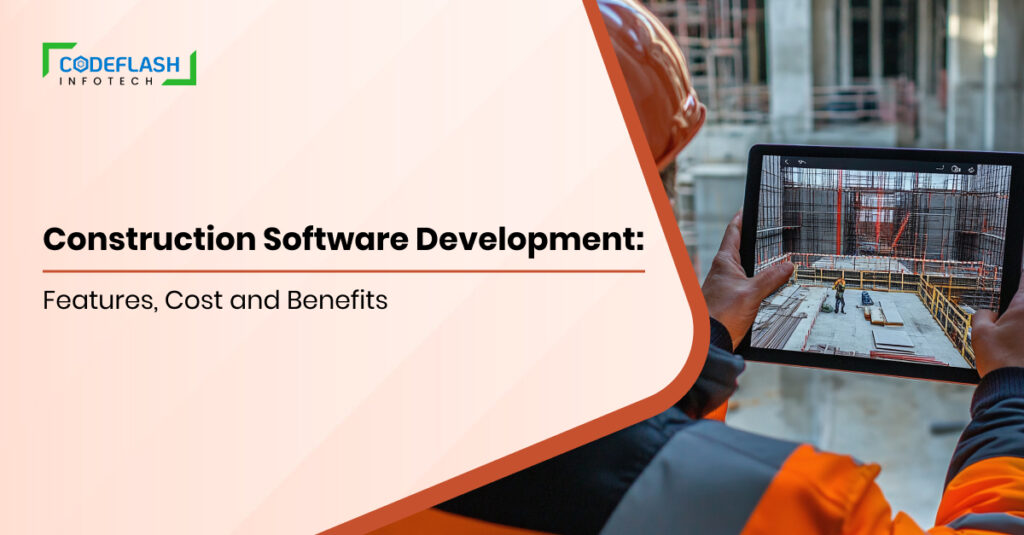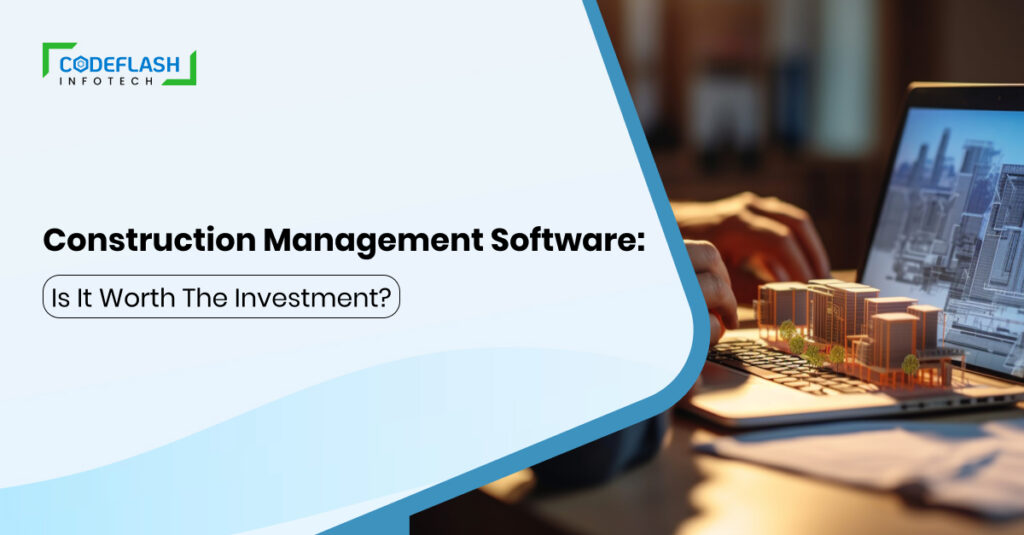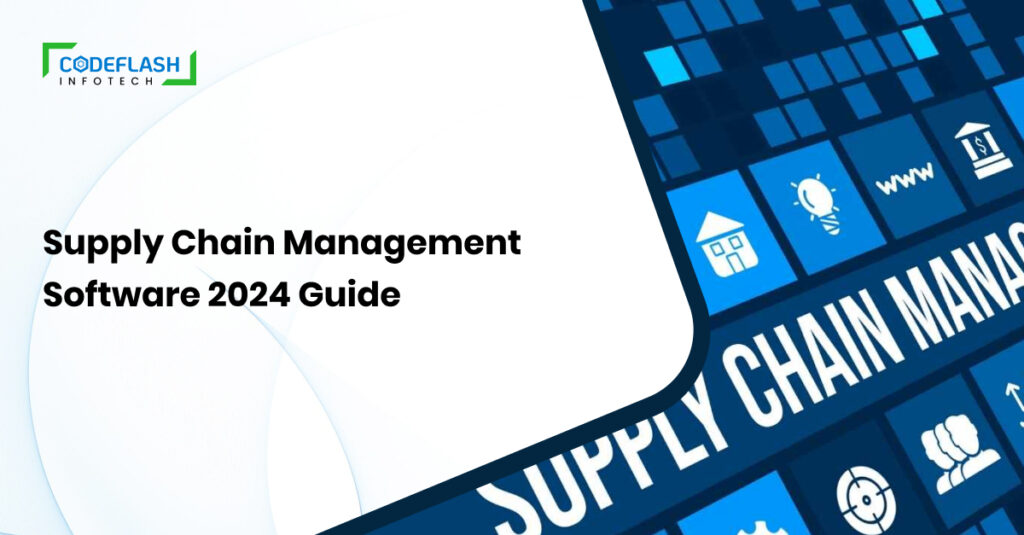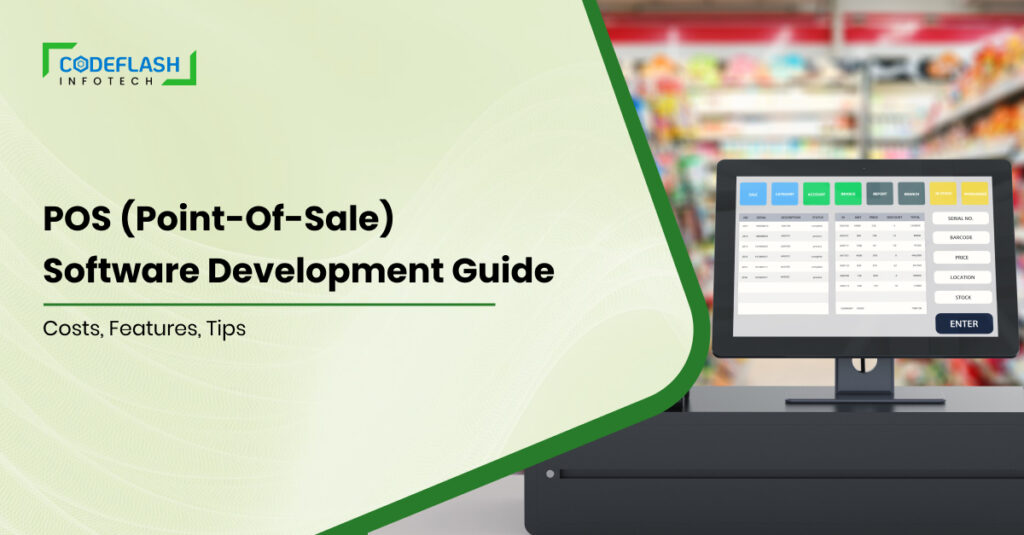
Delivery App Development In UAE: Cost, Features And Process
12 JULY
Developing a delivery app in the UAE entails considering the development cost, features, and method. Entrepreneurs always look for new and creative ways to launch successful businesses in the ever-evolving and dynamic business world. UAE Startup entrepreneurs find on-demand food delivery app development services and other On-demand logistic delivery solutions very appealing among all these choices. The swift progress of technology has led business owners to look for novel approaches to create a significant market share and generate substantial earnings.
Food and grocery businesses may place online orders based on client preferences and deliver them to their doorstep quickly and conveniently. These platforms also make it easy for users and grocery stores to interact. The UAE is an extensive analysis offering insights into business trends and projections for 2030.
Let’s Understand the UAE’s Online Food Delivery Market
In 2023, the UAE’s online food delivery market was estimated to be worth USD 1.25 billion. The UAE Online Food Delivery Market is anticipated to grow at a Compound Annual Growth Rate (CAGR) of 4.21% between 2024 and 2030, eventually reaching a valuation of USD 3.86 billion.
Delivery aggregators like Talabat and Deliveroo have led to additional expansion in the UAE market in recent years. In addition, it is anticipated that the growing number of dual-income homes, changing food preferences, and lifestyles will all contribute to the business’s growth throughout the anticipated period.
How does an On-demand delivery app works?
An application for food delivery usually works like this:
- The user uses the application to browse various restaurants and menus and select the particular products they want to order.
- When the consumer orders, the restaurant gets the information and prepares the food.
- The delivery partner is tasked with picking up the order from the restaurant and delivering it to the customer.
- The delivery partner fulfils the order and delivers it to the address provided by the consumer. Some application users can track their delivery status in real time.
- The payment has been handled successfully. The application handles the payment after the order is delivered. Customers can use a credit or debit card to pay through the App. As an alternative, cash on delivery might be offered.
- Additionally, food delivery apps could have extra features like ratings and reviews of restaurants, special offers, and customer loyalty programs. They may also have a system to handle customer service and feedback.
What are the necessary features a delivery app needs to have to rank in the top 10?
- Give clients push alerts to receive real-time updates
Sending them push alerts to keep them updated on delivery-related news has become standard practice. Customers can receive updates on their delivery information through these notifications, which can be provided via SMS, email, or in-app pop-ups. - Convenience of payment
Any delivery app must include this feature since the delivery procedure can only be completed with a successful payment. For the best customer experience, the Delivery App should be connected with various frequently used payment options. Many payment methods and mobile wallet services are currently offered, including Cash on Delivery (COD), Credit/Debit Card, Internet Banking, Apple Pay, and Google Pay. Periodically, you may run promotions with payment conditions depending on the kind and value of transactions. - Offers and Discounts
Special offers, discounts, and loyalty programs are reward schemes that attract new users and keep the ones you already have. This is precisely why thriving businesses put in place extensive loyalty programs to give loyal customers, especially those who use their services frequently, various benefits in exchange for their ongoing support. - Live monitoring
This application allows clients and fleet managers to use GPS to track deliveries in real time. It also assists drivers in selecting the most economical route to the customer, lowering delivery expenses. For this purpose, fleet managers can easily connect Google Maps or Waze’s Navigation by using APIs. - Customer profile and historical data
A customer’s profile is an essential source of information. For future use, records of previous orders are maintained and complete with information on the commodities, suppliers, locations, preferred vendors, and payment methods. Suppose you notice that the customer regularly makes purchases in specific categories. In that case, one strategy is offering discounts and promotions specific to the product(s) ordered or to a particular time of year, like Christmas. - Usability
A Delivery App’s significant degree of convenience is one of its fundamental qualities. People prefer to use applications like delivery apps because they are quick and easy to use. However, if the application is difficult to use, has a complicated design, loads slowly, requires users to enter their information repeatedly, and needs to be more clumsy overall, it will ultimately defeat its purpose. Therefore, it is essential that every Delivery App has an excellent user interface (UI) and offers a solid user experience (UX). Users should be able to find the content they’re looking for quickly, be directed to pertinent portions, and smoothly and captivatingly utilise the App’s whole feature set. For example, using icons instead of words whenever possible has become a modern way to improve ease and productivity. - Search options
Giving clients access to a thorough “search” feature would enable them to obtain particular delivery information, including cost, projected arrival time, specifications for fragile cargo, pick-up locations, discounts and cashback offers, and information regarding expedited delivery. - Using social media’s overwhelming power
Social media has permeated every aspect of our lives and significantly impacted our society. Giving customers the option to share their experiences, for example, by posting pictures of themselves smiling after receiving a package or leaving reviews and comments on social media platforms via API connections, helps spread good word of mouth and build the Delivery App’s reputation. - Reviews and comments
This feature lets customers rate your services, leave comments, participate in surveys, and provide feedback. Consumers are vital to every business’s sustainability, so giving them an easy way to voice their favourable and unfavourable opinions is critical. Due to fierce rivalry, the delivery business operates in a complicated and constantly changing environment, making this especially crucial.
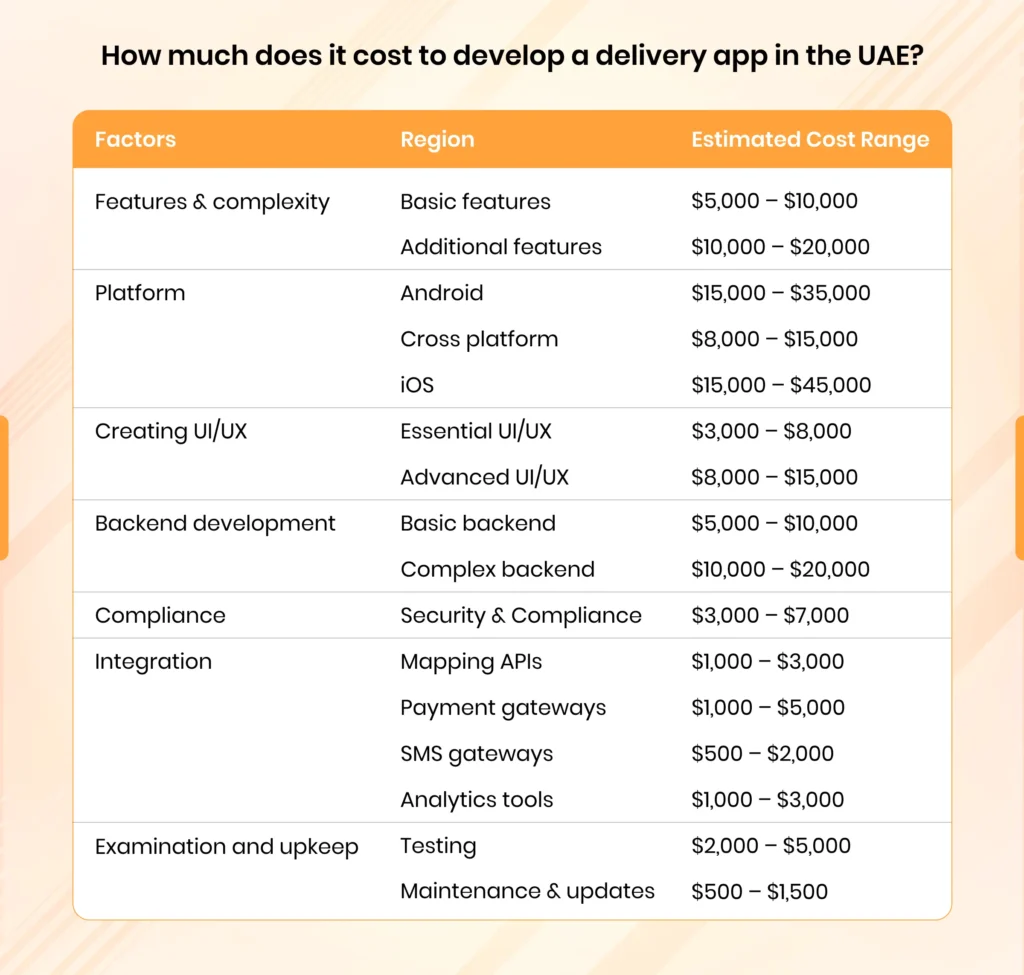
How much does it cost to develop a delivery app in the UAE?
The overall on-demand delivery application development cost in the United Arab Emirates is determined by several factors in its creation. The following factors may affect the price of developing an app:
1. The application’s features and complexity
The complexity and features of the delivery application significantly impact the app development costs. Standard features include push notifications, order tracking, payment integration, and user registration. However, adding more features like real-time monitoring, the best route planning, several payment methods, and customer support will raise the development costs.
| Features |
Estimated Cost Range |
|
Basic features |
$5000-$10,000 |
|
Additional features |
$10,000-$20,000 |
2.Platform
he platforms selected, iOS, Android, or both, impact the app development cost. It is typically more expensive to create content for both platforms than to focus only on one initially. Additionally, choosing cross-platform development with frameworks like React Native or Flutter may have distinct financial consequences from native app development.
| Platform |
Estimated Cost Range |
|
Android platform development |
$15,000-$35,000 |
|
Cross-platform development |
$8,000-$15,000 |
|
iOS platform development |
$15,000-$45,000 |
3. Creating User Experiences and Interfaces
A delivery application must have an impeccable user experience (UX) and interface (UI). At the expense of increased ux/ui design expenses, investing in an aesthetically pleasing and intuitive design can increase user pleasure and engagement.
| Design Complexity |
Estimated Cost Range |
|
Essential UI/UX design |
$3000-$8000 |
|
Advanced UI/UX design |
$8,000-$15,000 |
4. Backend development for Delivery app
The mobile app backend development consists of the server, database, and API Integration, which are crucial for handling orders, user data, payments, and other essential operations. The complexity of the backend infrastructure, the need for scalability, and the integration of different services like payment gateways and mapping will all affect the development cost.
| Backend Setup Complexity | Estimated Cost Range |
Basic backend setup | $5000-$10,000 |
Complex backend setup | $10,000-$20,000 |
5. Ensuring compliance with rules and safety
It is important to prioritise financial transactions, user data protection, compliance with local regulations including UAE data protection laws, adhere to regulatory standards, and implement robust security measures. Adhering to regulatory standards and implementing security measures may require significant development expenditures.
| Security Implementation |
Estimated Cost Range |
|
Security and Compliance. |
$3000-$7000 |
6. Integration
Mobile app development costs increase when the delivery application is integrated with third-party services like analytics tools, payment gateway Integration, SMS gateways for notifications, and mapping APIs for tracking whereabouts. The overall cost will vary depending on the number and complexity of integrations required.
| Third party Integration | Estimated Cost Range |
Mapping APIs | $1000-$3000 |
Payment gateways integration | $1,000-$5,000 |
SMS gateways | $500-$2000 |
Analytics tools | $1000-$3000 |
6. Examination and upkeep
Thorough testing of the software is essential to guarantee its functionality across a range of devices and environments. Recurring delivery app development costs may also arise from the need for routine maintenance and upgrades to ensure the application runs well, fix any issues, and accommodate requests for new features
| Testing and Maintenance |
Estimated Cost Range |
|
Testing |
$2000-$5000 |
|
Maintenance and updates |
$500-$1500(Monthly) |
How to Create a Delivery App: Step-By-Step Instruction
Developing any delivery app (food. Grocery, or Logistics ) involves the following steps:
Step 1: We will meet the customer for an initial consultation to better understand the project’s requirements. We will then complete the Industry Analysis and competitive set to meet the needs.
Step 2: Based on the specifications provided by the client, we create beautiful Wireframes UX/UI designs for the delivery of mobile apps
Step 3: After completing the wireframe, we proceed with the project’s design and send it to the assigned contact for approval. To expedite this process, we will leverage Invision, a platform that allows users to provide feedback on every aspect of the user interface through the application.
Step 4: Once the design is accepted, backend development will begin, including the Admin Panel, API, and database.
Step 5: Based on Wireframes and Backend API, our top full-stack developers start prioritising developing the hybrid or android app first because it is easier to test and release.
Step 6: After the mobile app design process, we show first Sprint to our client and ask for input on future changes or additions.
Step 7: After completing the MVP app development phase, we’ll proceed to content integration. We require content from the client at each step of the application development process.
Step 8: After the content integration is completed, we will proceed to the final testing phase, which will entail one more round of security testing.
Step 9: After all testing has been satisfactorily finished, we will provide the Android mobile app APK and begin the design process for APK distribution.
Step 10: As soon as the Android app is accepted, we will begin development on the iOS app.
Conclusion
So, choose the most popular delivery application in the United Arab Emirates and try to develop some unique features that can significantly benefit businesses by fulfilling the increasing need for effective delivery services and optimising operations. However, thorough planning and financial commitment are necessary to successfully navigate the delivery app development process. By partnering with a trustworthy mobile app development partner, companies can negotiate app development challenges and position themselves for long-term success in the competitive delivery market of the (UAE)United Arab Emirates.

